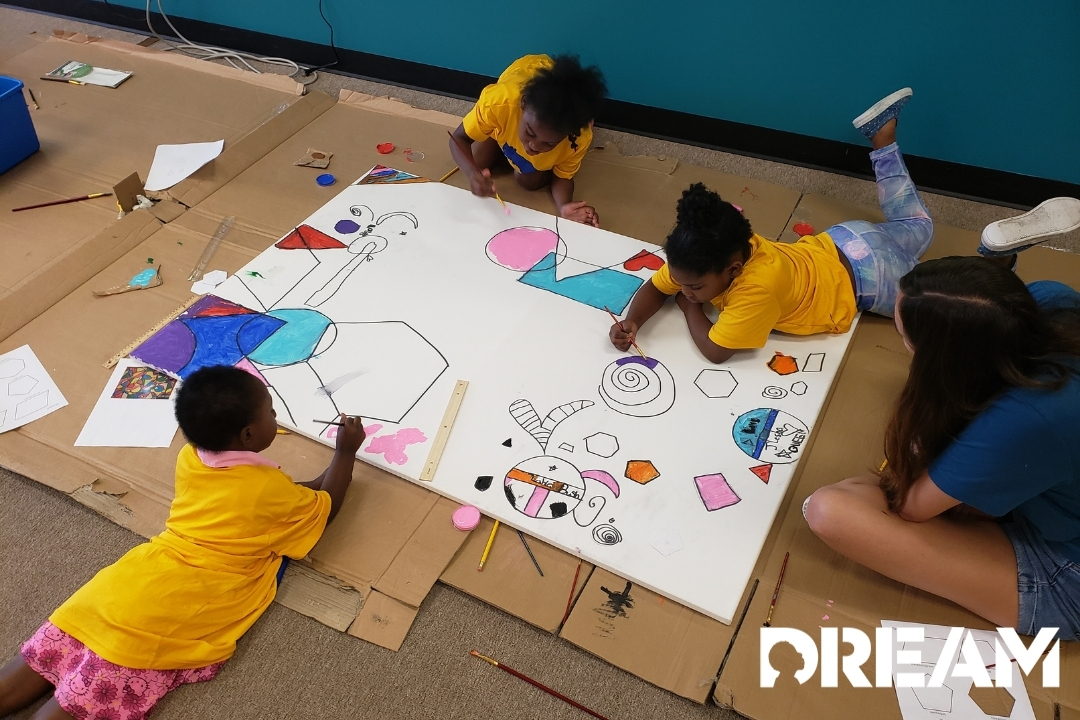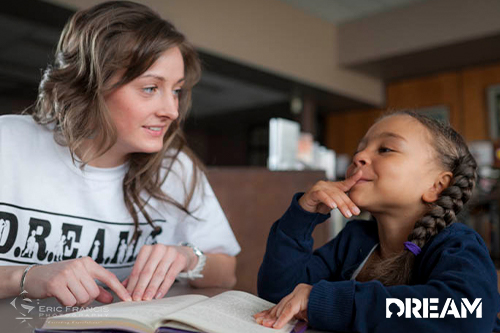There are so many different kinds of at risk youth programs and they have different ways of reaching out and inspiring change in struggling teenagers. There are programs that are highly successful as far as getting the desired results among the young people that they mentor, and there are some that are a little less successful than others. What sets the good programs apart? There are actually a lot of factors that contribute to the success of best at risk youth programs, here are five common characteristics that you can look for:
Able to give teens individualized attention
Part of where mainstream education fails struggling teens is the fact that classrooms can be relatively overcrowded. Overcrowding prevents students from being seen as individuals. It’s a lot easier to fade into the background and go unnoticed in a class of 40 students than it is in a group of five or 10.
Ideally, good at risk youth programs start off by letting teens go through a psychological evaluation in order to really get to know their needs and how they can be helped. Programs that offer therapy and counseling base the kind of help they will give struggling teens on this initial psychological profile, and adjusts it along the way as they get to know the teens better.
The best at risk youth programs have staff who are not just properly trained but also take the time to really get to know teens and their individual challenges and are able to communicate with them and help them effectively based on this individualized assessment and relationship.
Has a wide variety of activities
Good at risk youth programs have activities that are designed to teach values and build character, not just pointless activities that don’t serve any real purpose. Good youth at risk programs would also have activities that involve community service in order to teach teens what their role is in building their community.
The kind of activities at risk youth programs implement have a direct effect on the recovery of at risk youth. It gives them avenues and opportunities to achieve something and in the long run, build their self-worth. A quality program also encourages them to see beyond themselves and consider the world around them. It encourages them to stop struggling and become more introspective, focus more on building their future than struggling against present circumstances.
Provides a safe environment
It’s important for parents to know what precautions programs take to ensure the safety of the teens in their care. For example, at risk youth programs that deal with teens who are struggling with substance addiction should have a concrete plan in place to ensure that teens don’t get their hands on alcohol, drugs, and other substances.
Wilderness camps for at risk teens should also have a clear policy on how parents would be able to communicate with their teens while they are out in the wilderness. What kinds of precautions are taken during activities while out in the wilderness, what actions are taken during storms, and what kind of medical facilities are available in the camp. For parents, the safety of their teens must be of great importance.
Aftercare
For struggling teens, the road to recovery can be a long one. At times there is no clear cut course nor a clear cut timetable for the recovery. Oftentimes, young people will need help along the road. It’s a lot like learning to ride a bike again; it can be wobbly at first, until you get your bearings and eventually achieve stability. Continuing to give help to struggling teens even after completing the program is an essential characteristic of best youth at risk programs.
DREAM, one of the Midwest’s well-known youth mentoring organizations, provides life-changing and life-enriching experiences to at-risk youth through mentoring and after-school programs in Omaha, Nebraska, and Springfield, Missouri. Their proven approach puts children in a comfortable setting where they’re encouraged to discuss openly, learn, and grow as individuals. Are you interested in getting involved with DREAM? Contact us today.






